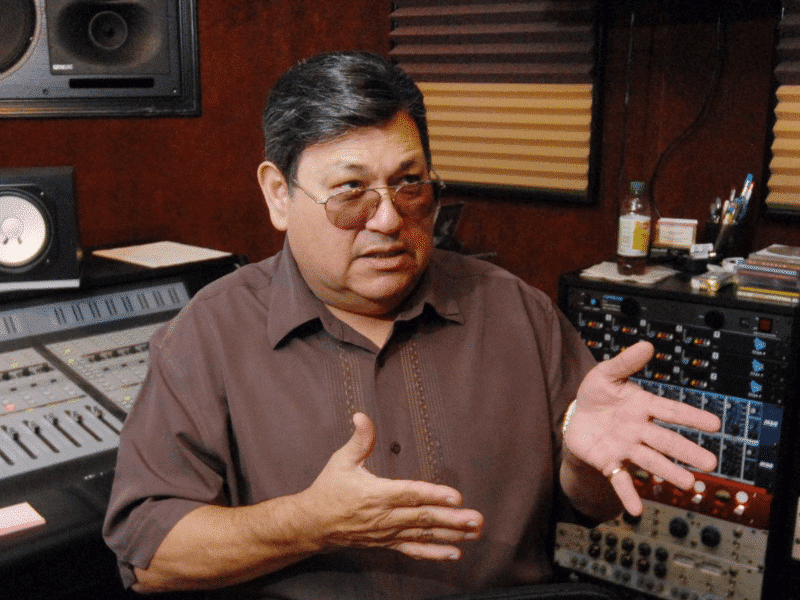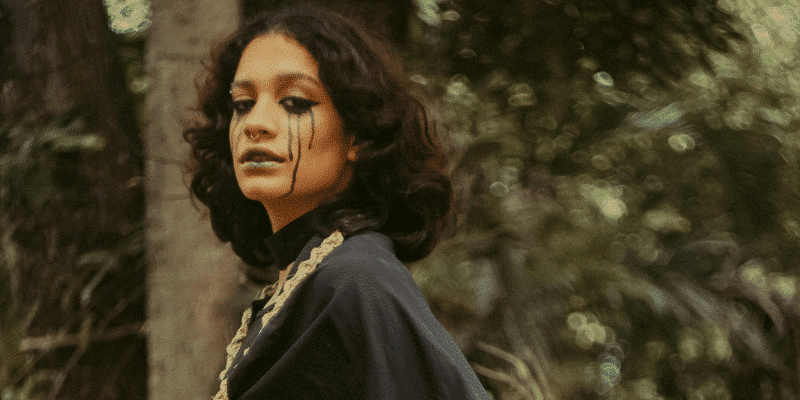Religion & Superstition: What Shapes Latina’s Spirituality?
Have you ever thought about how faith and superstition mix in Latine spirituality?

I often wondered how my abuelita could be so religious, praying all the time and never missing a Sunday at church. Yet there she was, sticking a knife in the ground whenever storm clouds rolled in, thinking it would “shoo the rain away.” She’d give me the side-eye for my magic wand tattoo and believing in the power of manifestation, but would be the first to blame trickster “chaneques” when stuff went missing, and hang ceramic sheep on the door to supposedly “bring in the cash.”
When I was younger, I found it to be somewhat hypocritical of her. Now, I just think it’s funny and sort of beautiful how our ancestors and surroundings have shaped our beliefs in such unique ways.

The intricate tapestry of Latin American culture is marked by an engaging fusion of diverse traditions, deeply rooted histories, and dynamic belief systems. At the heart of this rich cultural background lies the nuanced relationship between religion and superstition. Particularly in the lives of Latinas, this relationship not only coexists but intermingles, creating a mutually inclusive spectrum of belief systems and cultural practices.
Religion is typically understood as a system of faith centered around divine beings or powers, whereas superstition is often seen as beliefs or practices resulting from ignorance, fear of the unknown, or a belief in fate or magic.
Yet, these definitions oversimplify the complex intersectionality of these systems in Latino culture.

The Catholic faith is predominant across Latin America, and this manifests strongly in the spiritual lives of Latinas. However, it doesn’t exist in isolation, often cohabiting with an array of local superstitions, folklore, and indigenous belief systems.
This intertwining can be traced back to the colonial era when Catholicism was introduced to the region by European settlers. Indigenous peoples, however, maintained elements of their ancestral beliefs, creating a syncretic blend of the Christian faith with pre-Hispanic superstitions and customs. This hybrid faith, laced with both religion and superstition, has been passed down through generations and significantly shapes our identity and worldview today.
For many Latinas, following religious rituals and maintaining superstitious practices are not mutually exclusive activities but two sides of the same coin. This is evident in practices like the veneration of saints, where Catholic traditions mesh with indigenous rituals.

Or, for example, the widespread belief in “mal de ojo” or the “evil eye” across Latin American communities. While not strictly religious, this superstition is deeply embedded in everyday life, with many wearing amulets or employing rituals to ward off bad luck.
Celebrated in Mexico, Dia de Muertos is another practice that straddles the line between religion and superstition. Rooted in indigenous Aztec traditions and merged with Catholic All Saints’ and All Souls’ Days, the festival honors the deceased with offerings and celebrations, an act steeped in both religious symbolism and superstition.

Exploring the relationship between religion and superstition in Latina culture reveals a vibrant, layered, and symbiotic interplay that shapes their collective consciousness. It reflects a world where religious dogmas and superstitions not only coexist but complement each other, offering a holistic spiritual framework that has stood the test of time.
This combination provides Latinas with a nuanced spiritual narrative that caters to both communal traditions and personal beliefs. It proves that belief systems aren’t always put into neat little boxes but often mix and merge in interesting, meaningful ways for the people who believe in them. It adds richness and depth to their spirituality, making it even more beautiful and fulfilling.




